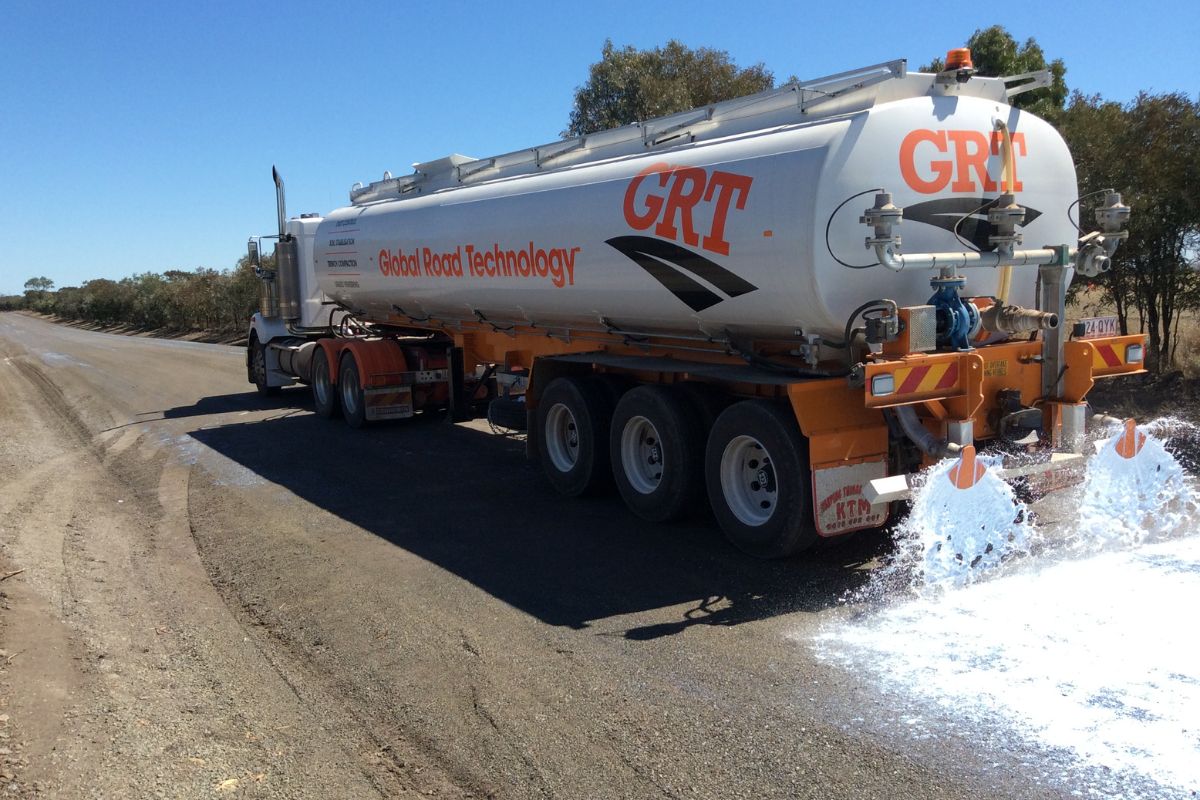
Dust suppression is a critical aspect of managing environmental health and safety in various industries. It involves methods and technologies designed to control and reduce dust emissions generated by industrial activities, construction sites, and other operations. This article will explore what dust suppression is, its various application types, and the benefits it offers, particularly from a health and safety perspective.
Definition: Dust suppression refers to the techniques and processes used to minimise airborne dust particles in industrial, construction, and mining environments. These particles, if not controlled, can pose significant health risks to workers and nearby communities, as well as cause environmental pollution.
Water-based dust suppression is one of the most common methods used to control dust. It involves spraying water onto dust-prone surfaces to dampen the particles and prevent them from becoming airborne.
Techniques:
Benefits:
Chemical dust suppressants are specialised agents applied to surfaces to bind dust particles together or create a protective barrier that prevents dust from becoming airborne.
Types:
Benefits:
Mechanical methods involve the use of physical barriers or equipment to control dust emissions.
Techniques:
Benefits:
Planting vegetation is a natural and sustainable method for controlling dust, particularly in areas prone to soil erosion.
Approaches:
Benefits:
Dust particles, especially those that are fine and airborne (such as PM10 and PM2.5), can be inhaled deeply into the lungs, leading to respiratory issues such as:
Effective dust suppression reduces the concentration of these harmful particles in the air, significantly lowering the risk of respiratory diseases.
High dust levels can create hazardous working conditions by:
By controlling dust, the workplace becomes safer, reducing the likelihood of accidents and improving overall working conditions.
Many countries have stringent regulations and standards for air quality and occupational health. For instance, the Occupational Safety and Health Administration (OSHA) and the Environmental Protection Agency (EPA) in the United States have guidelines for permissible dust exposure levels.
Implementing dust suppression measures helps companies comply with these regulations, avoiding potential fines and legal issues. It also demonstrates a commitment to employee health and environmental responsibility.
Dust can cause significant wear and tear on machinery and equipment, leading to:
By minimising dust, companies can protect their investments, reduce maintenance costs, and extend the lifespan of their equipment and infrastructure.
Uncontrolled dust emissions can have severe environmental impacts, including:
Effective dust suppression protects the environment by maintaining soil health and preventing pollution.
Dust suppression is a vital component of maintaining a safe and healthy environment in industrial, construction, and mining operations. By understanding the various types of dust suppression applications—water-based solutions, chemical suppressants, mechanical methods, and vegetative approaches—businesses can select the most appropriate methods for their specific needs.
The benefits of dust suppression extend beyond compliance with regulations; they include significant health and safety advantages such as reducing respiratory issues, improving workplace safety, protecting equipment, and preserving the environment. Implementing robust dust suppression measures demonstrates a commitment to the well-being of workers and the surrounding community, ultimately contributing to sustainable and responsible business practices.
For more information on dust suppression solutions and technologies, visit GRT’s website.
Dust suppression is a critical issue in the world of mining and resources.
Learn more about GRT’s industry-leading and IoT-connected SMART Dosing Units, and discover how we’re driving better dust suppression solutions.
If you’d like to talk with an expert, simply contact us.
Your feedback matters to us.
If you enjoyed reading this Global Road Technology industry update, please let us know by leaving a REVIEW.
Are environmental regulations, health and safety concerns or potential profit loss a concern right now?
Contact Us Now